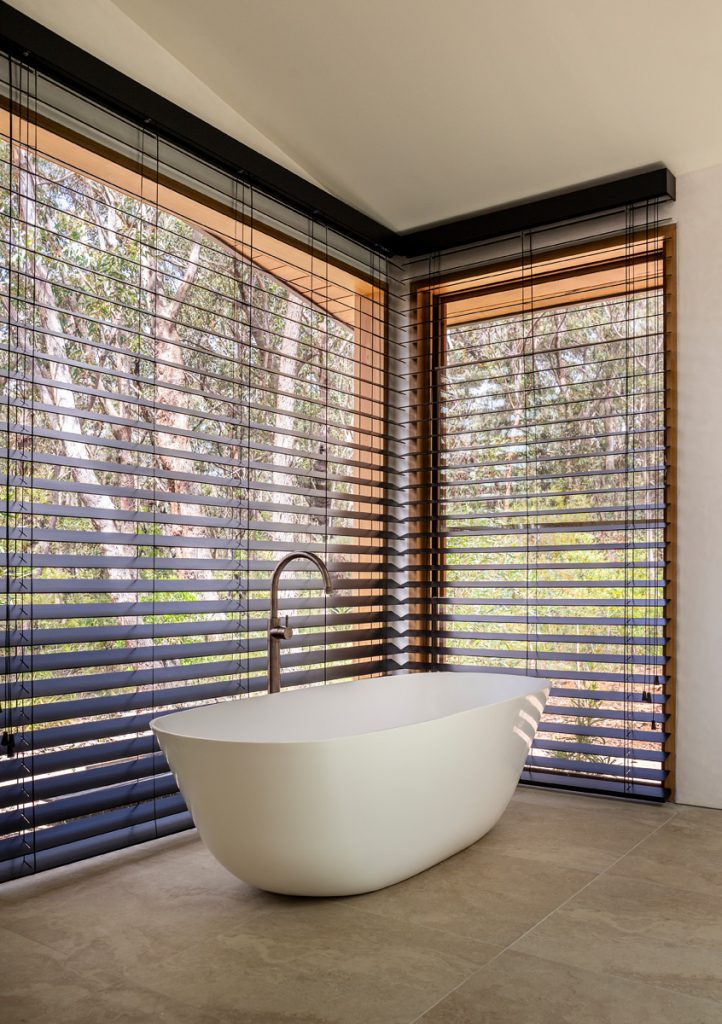
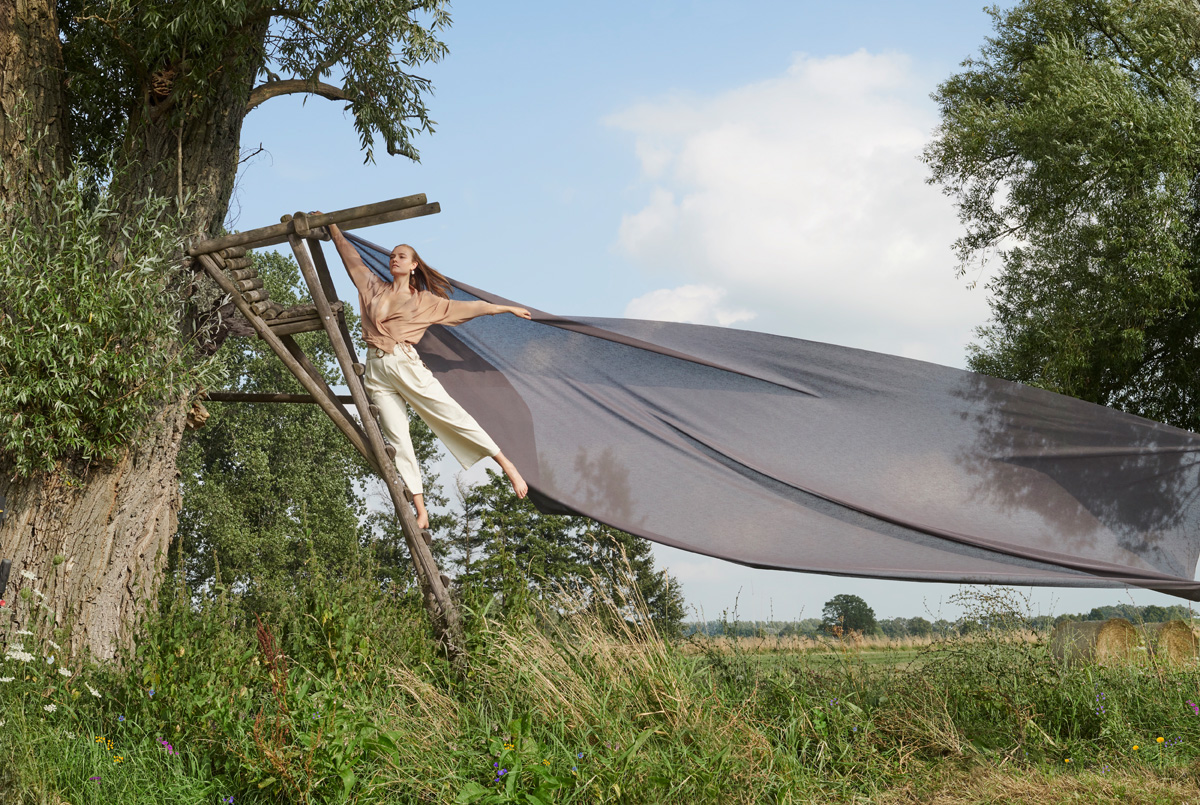
WFA investigates how industry
is increasingly working proactively across the supply chain to influence how products are made.
The window furnishings industry has long been at the forefront in promotion of energy saving to reduce fossil fuel emissions, and at a time of record energy prices this sales message is sure to resonate with customers.
However, another push has been taking place further up the supply chain to put pressure on how the products are made. The concept of cradle-to-cradle seemed a long way off just a few years ago, but many of the latest product launches are promising just that.
Coulisse – putting its money where its mouth is
Catharina Idema, Creative Director of Dutch-headquartered Coulisse, tells WFA Coulisse takes responsibility for its ecological footprint, “on a daily basis and throughout the whole width of the company, but also when it comes to developing new collections and fabrics.”
“The introduction of the Ecoluxury concept is one of the many ways in which Coulisse makes an effort to contribute to a better world.”
“The Exoluxury label is part of Coulisse’s new Living Beauty Collection. The Living Beauty concept originates from Coulisse’s ultimate source of inspiration: the beauty of the world.”
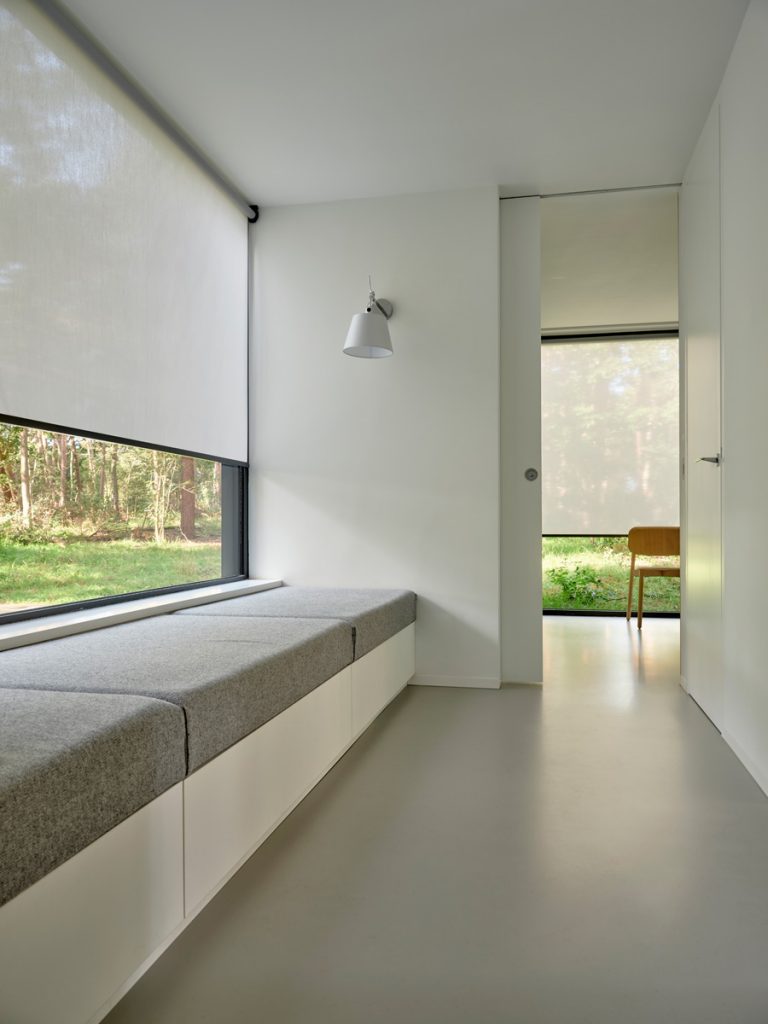
The EcoLuxury label includes recycled yarns, eco production, OEKO-Tex certification and FSC paper.
As well as promoting the Ecoluxury concept, Idema outlined to WFA how Coulisse makes in impact including:
Through the EU SureMade project to develop sustainable roller blinds and screens using recycled polyester.
• Downsizing collections to stand the test of time rather than fast fashion.
• Developing components that are multi-functional and easy to reuse or refurbish.
• Advancing smart technology that promotes better well-being and energy-efficiency.
• Taking corporate responsibility seriously with a local manufacturing facility to encourage disadvantaged people to return to the workplace.
• Creating sustainable workspaces with heat pumps, solar panels, LED lighting and green electricity.
• Supporting Trackpackers, who clean up plastic waste on beaches around the world. Restoring local heritage, historic buildings and nature reserves with wildflower restoration.
• Developing future plans for an eco-friendly logistics centre with smart stock systems, and
• Team lunches.
“All employees contribute to Coulisse’s sustainability mission in an unexpected yet wonderful way: By enjoying daily lunches, prepared by gourmet chefs with local produce close to the expiry date,” says Rogier Krabbe, the Australian Managing Director.
“Enjoying culinary and healthy lunches ánd contributing to the reduction of food waste is something that is very much valued by both the team and customers visiting Coulisse’s showroom.”
Somfy – Act for Green
The Somfy Group says it is committed to doing its part, embracing sustainable growth and reducing the environmental footprint of its products and services.
In 2012, the company sought out on a mission to reduce their CO2 emissions by 50% by the year 2030.
“Our duty is to contribute and preserve as much as possible of the planet for the future generations”, said Somfy Group Chairman Jean Guillaume Despature.

“Our solutions contribute to improving the building industries energy performance.”
Sustainable development is a key initiative in the Somfy group’s business strategy and with end-users consuming more responsibly, companies need to be just as committed to a sustainable future. The initiative ties in with Somfy’s global ambition for 100% of products sold in 2030, to be labelled Act for Green.
“Act for Green is Somfy’s voluntary initiative which aims to reduce the environmental impacts of their products throughout their lifecycle: from the extraction of raw materials to end of life. Over the years, this list of eco-friendly products has grown to include motors, sensors, remote controls and accessories. Today, more than 60% of all Somfy products sold are labelled Act For Green, i.e. some 10,000 active sales references.”
Via the Somfy Foundation, the group supports initiatives led by associations both in France and abroad.
“Locally, Somfy Oceania continues to do its part. They are members of the Green Building Council of Australia and support not-for-profit organisations such as Habitat for Humanity – who provide housing for the vulnerable and low income families.”
“Corporate social responsibility is so important to us. We want to be able to assist the community we live and work in, whilst offering our team a rewarding work environment”, says Paul de Salis – Head of Marketing for Somfy Oceania.
“We have an excellent partnership with Habitat for Humanity and it was great to see the team get hands on again this year, as we resumed our volunteer work post Covid”.
“Somfy is committed to helping customers and partners reduce their carbon footprint and CO2 emissions. Its eco-designed products are cleaner and more sustainable, allowing you to do your bit for the planet, without drastically changing your habits.”
Luxaflex – Cradle-to-cradle sunscreen
Luxaflex has launched Equascreen, described as one of the world’s most technically advanced internal sunscreens, made from 50% recycled ocean bound plastic waste.
“The full range in both opacities are Oeko-Tex certified (safe from harmful substances) and the translucent range is also Cradle-to-Cradle certified, which means it is about using safe materials and doing the right thing from the beginning of their life cycle to the end of their life cycle,” says Vera Meharg, Marketing Communications Manager, Luxaflex Window Fashions.
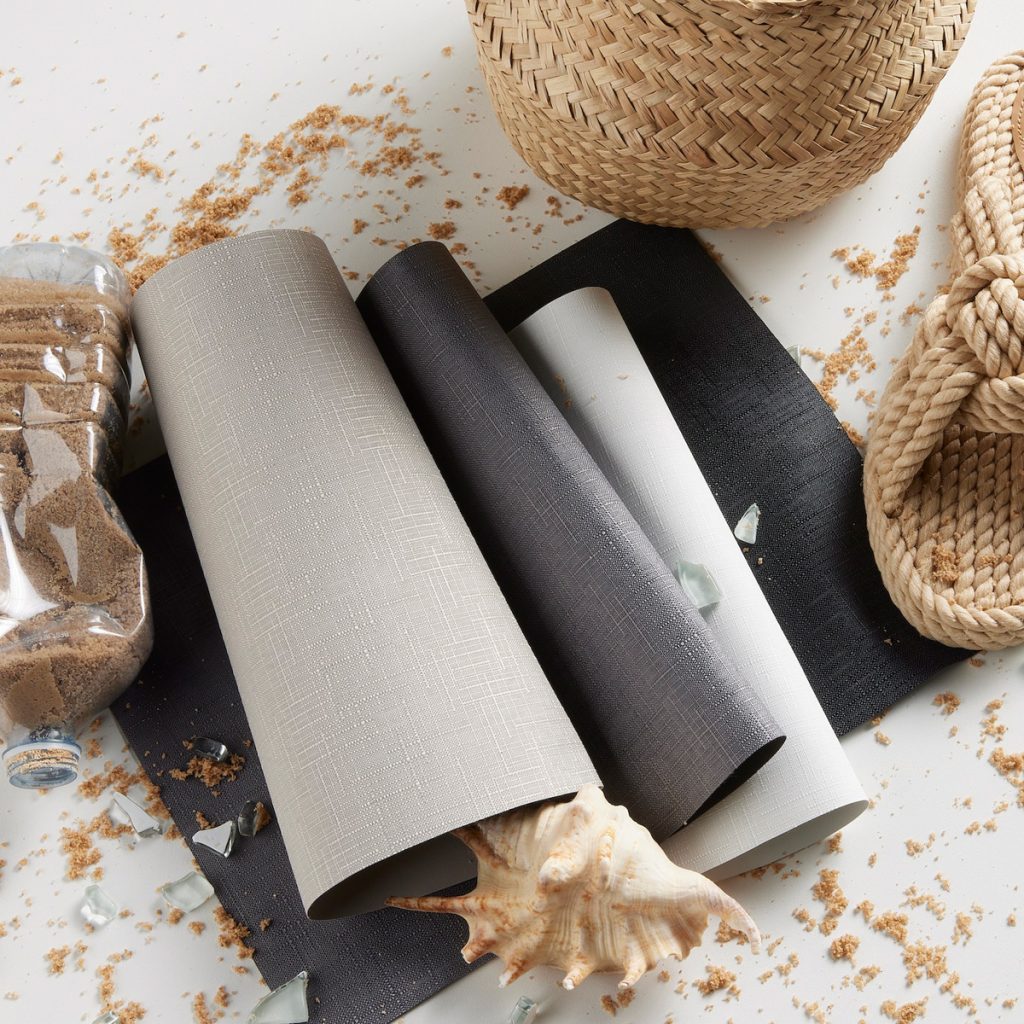
“Available in both blockout and translucent opacities, the Equascreen collection has been developed by Hunter Douglas in collaboration with the material innovator Bionic Yarn. Inspired by the trending linen look with seven sophisticated nature-inspired hues and four room darkening tones with colour coordinated backing.”
“The story behind the development of the Equascreen collection is influenced by the global shift to be more sustainable. As the world increases the use of plastic production worldwide, so does the increase of plastic waste and pollution in our oceans. It is estimated that eight million tonnes of plastics end up in our ocean as waste. This has a direct impact on our wildlife and environment. Consumers are savvier and want products that reflect this shift in demand for sustainable and environmentally responsible solutions.”
Meharg adds that the development of this range has been impacted by the global focus on non PVC and halogen-free products with an aesthetic appeal.

The production of Equascreen took three years of strong collaboration and research and it included the use of forty tonnes of ocean bound plastic to create an eco-friendly fabric collection.
“The collection of the plastic is a community driven project by Bionic Yarn, where they collect the ocean bound plastic from various locations and beaches, whilst educating the community involved in the collection.”
“Once the plastic is collected, the plastic is transported, so it can be converted into small plastic pallets. These pallets are turned into the base of the yarn which is 100% recycled ocean bound plastic. These are combined with polyester yarn filaments to create the base of the Equascreen range; consisting of 50% recycled ocean bound plastic and 50% polyester fabric.”
Cleaner and greener textile options at Ricky
As demand increases for fabrics that offer a cleaner and more sustainable feature, the team at Ricky is foregrounding sun control products that fit this bill including brand new textile Solterior FR which is manufactured in Japan by Izumi.
“This fabric is a solution-dyed polyester that is produced from recycled PET drink bottles. Being made with yarn that is produced out of used PET plastic bottles gives a second life to a product that is not biodegradable and would otherwise end up as landfill,” says Ricky Richards National Sales Manager, Darren Best.
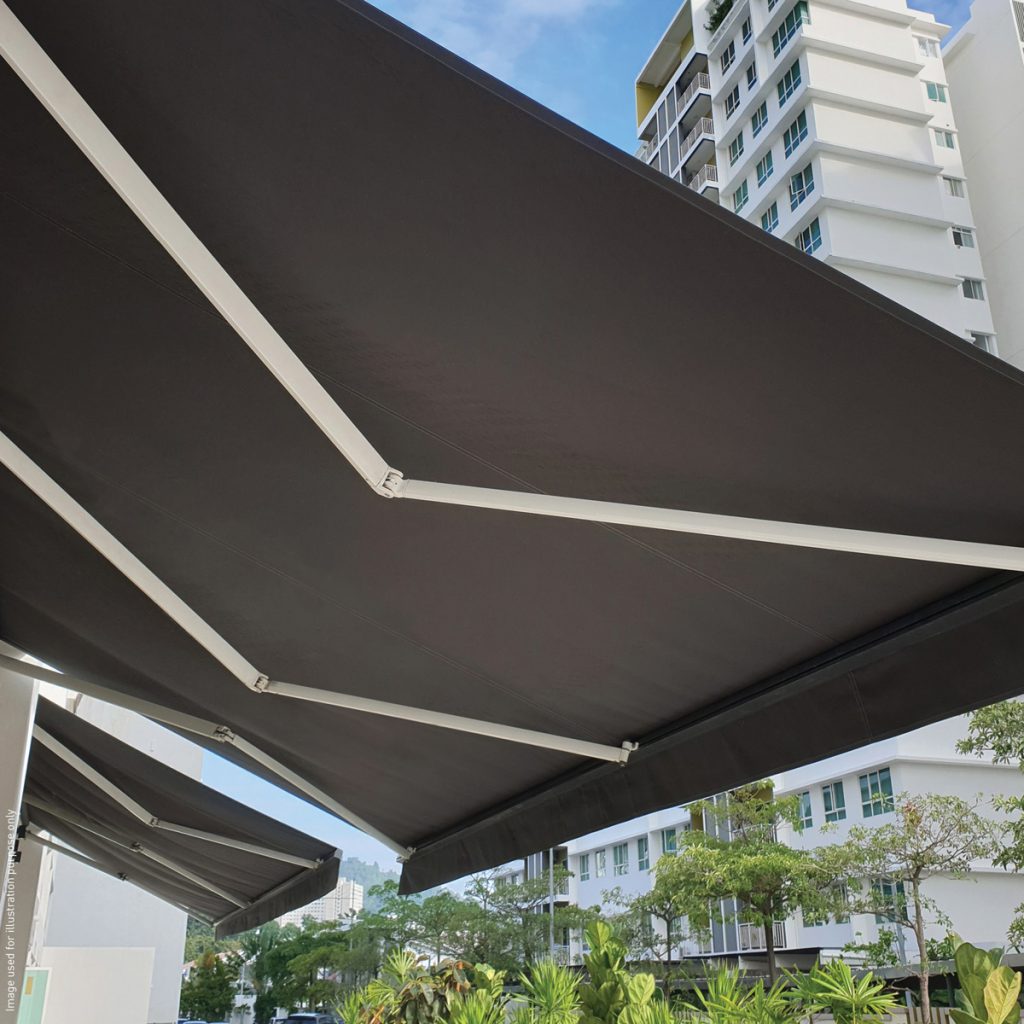
“By using recycled bottles in the yarn, Solterior FR saves both energy resources and the environment while delivering the same high-quality features as other Ricky sun control products.”
Best says Solterior FR is ideal for commercial awnings and market umbrellas, is RoHS compliant, fire retardant, waterproof and UV stabilised. Available in 10 popular colours and backed by a five-year warranty, Solterior FR also comes with the full support of the Ricky team.
“While Solterior FR is made using recycled bottles, the Outlook mesh collection, all ranges except Mode Zero, are manufactured by Phifer using Dow Ecolibrium bio-based plasticisers in their formulation allowing the Outlook range to be a cleaner mesh option.”
“The many benefits of this mesh include a reduction to greenhouse gas emissions. With 98% of the plasticisers used in this fabric being derived from non-fossil fuel feed stock, it means around one litre of petroleum is saved each time you use Outlook mesh for a blind of approximately 10 square metres. Customers of Outlook mesh fabrics will be contributing to making this world a better place for our children.”
As well as being made using Dow Ecolibrium bio-based plasticisers, Outlook mesh fabrics are Greenguard Gold Certified, ensuring that the fabrics have met some of the world’s most rigorous and comprehensive standards for low emissions of volatile organic compounds (VOCs) into indoor air.
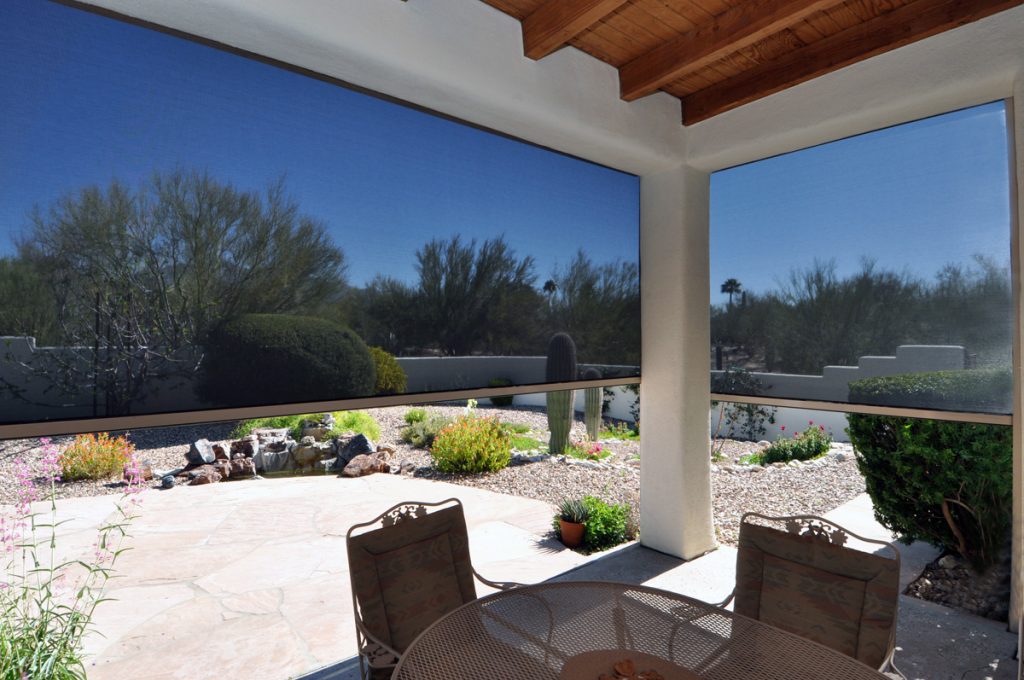
“Ricky has been the exclusive supplier of Outlook mesh fabrics in the window furnishing industry for over 25 years. Partnering with Phifer long ago, Ricky and their team from Tuscaloosa, Alabama created the brand Outlook to fill a gap in the Australian mesh market and have never looked back.”
“We just love it when our partnerships grow into years upon years. Staying with the same supplier means a lot to us and selling the same fabric range with added features and benefits as the years go by gives such confidence in the product and the company itself,” Best adds.
Outlook mesh fabrics will reflect up to 95% of solar energy while still allowing air to pass through, helping to create a cooler, more comfortable environment naturally. They are available in three types of openness: 1%, 5% and 12% and a fourth option: Mode Zero a visual blockout mesh. Colours include a selection inspired by Colorbond.
Best and his team love that by choosing these Ricky textiles it is a small step towards helping maintain the environment for future generations.
“The fact that we can offer these types of textiles shows that the textile industry has come a long way over the last 38 years that Ricky has been in business. And anything we can do to help maintain our environment is always top of our minds.”
Blinds by Peter Meyer on sustainable path
Simon Meyer says that Blinds by Peter Meyer is committed to reducing its carbon footprint and offering sustainable collections now and in the future.
“This year we have had discussions with a sustainability and environmental consultancy firm to help us commence our road to zero carbon emissions.”
“We are only in the very early stages of this journey but the communication lines and our eyes have been opened.”
“We have also installed solar panels and implemented an extensive recycling program within the factory at Homebush.”
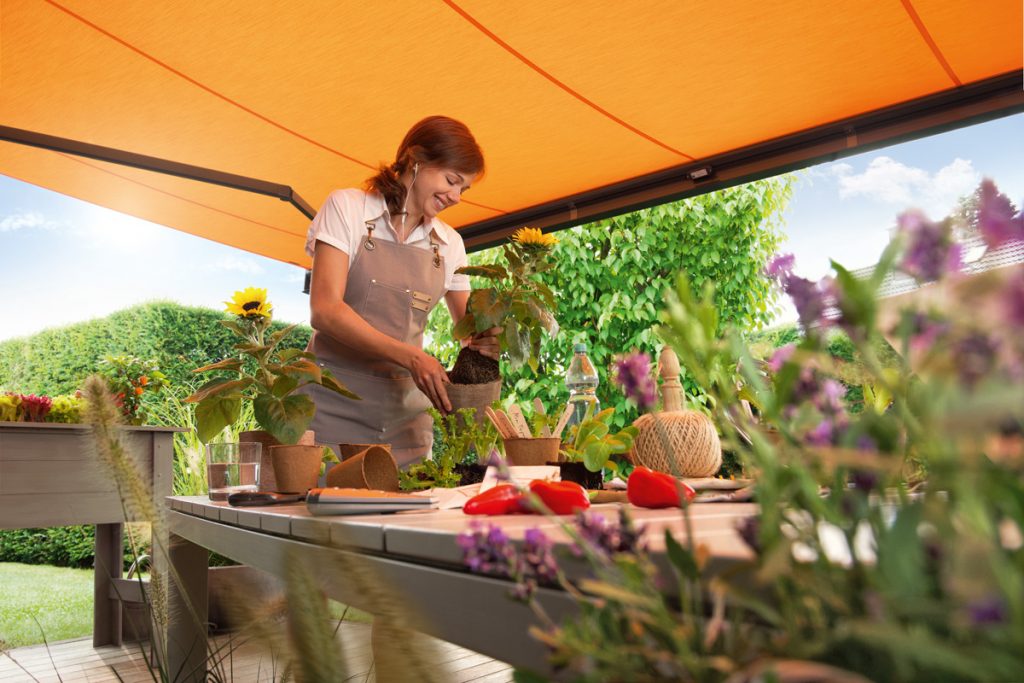
“In addition to this, we have launched our sustainable awning collection Modern Basics Blue which consists of Tempotest Starlight Blue, a sun protection fabric – certified according to the Global Recycled Standard (GRS) and made with 85 % recycled PET – for a better environmental balance in terms of water, energy and CO2.”
Blinds by Peter Meyer also offers a sustainable cedar shutter and venetian blind collection with the timber used possessing a Chain of Custody certificate issued by The Engineered Wood Products Association of Australasia (EWPAA).
